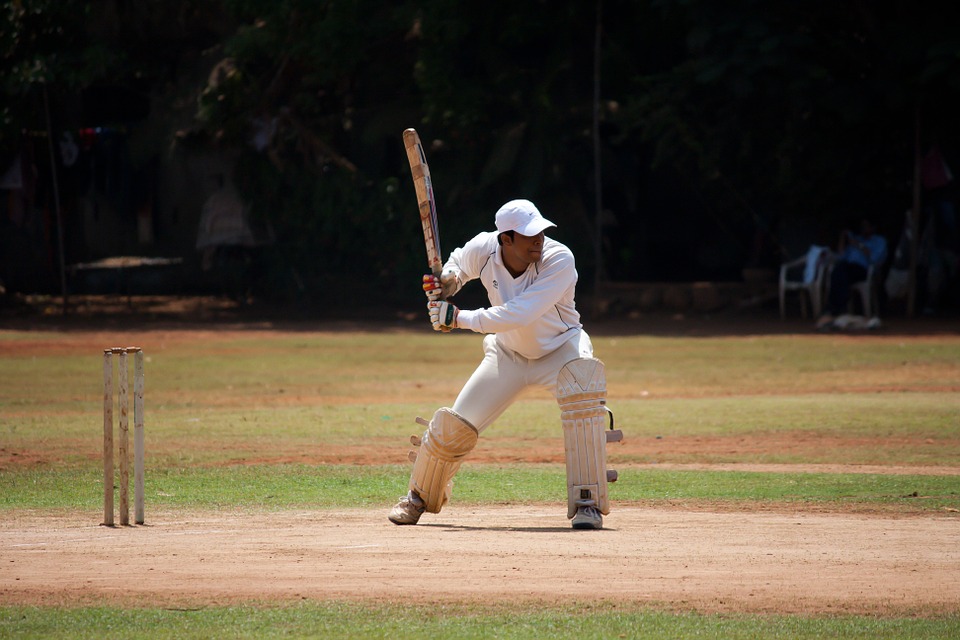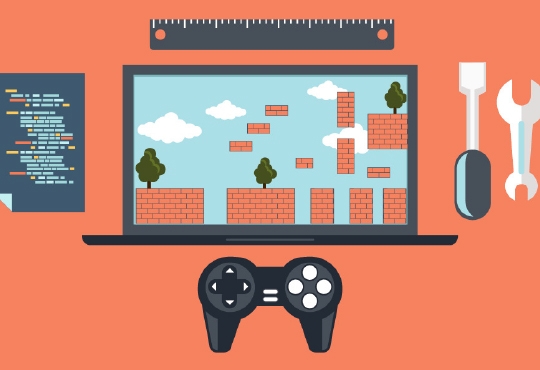
Top 5 Technologies in Cricket
CIOReviewindia Team | Saturday, 21 September 2019, 05:44 IST

Cricket is evolving, and it is being affected by the general pace of technology. Although the basics are the same, monitoring of the game has been transformed. Umpires now use assorted tech aids that ensure fair decisions, and training of players has been enhanced with technology as well.
Technological advances have found their way into all sides of human existence. Here is a look at some of the most important innovations cricket has seen over the past few decades. Such a big news portal about cricket as stumped.app has a wealth of information on how cricket is played. But first, let’s look at the tech top five.
1. Snickometer
Also referred to as Sniko, this British invention was implemented into cricket televising in the mid-90s. The technology was the brainchild of Allan Plaskett, who worked in computer science. Today, it is often used by third umpires when they are referred to by their ground colleagues.
The system allows checking whether the ball touched the bat before it went to the wicketkeeper. This is achieved through graphic analysis of the video and sound, along with noise frequency. A very specific sound indicates that the touching did happen.
If the system detects a short sound of leather on willow at the exact moment when the ball is flying past the bat, then the touch is accepted. Other possible sounds, such as hitting against the pads or the pitch, have different frequencies and shapes of the sound waves.
2. Hot Spot
Basically, this invention is a more advanced system which serves the same purpose. The infrared imaging detects and marks the exact spot in which contact friction coming from the ball raised the area temperature. This also provides better reliability of decisions taken by the ground umpires. In cases when referrals are not allowed, the technology works as an analysis tool for TV.
This is how it works. A camera is placed on each of the two ends. The system works by measuring heat friction from a collision, whether it was a ball on bat, on a pad, on a glove, etc. The ball contact is detected via a subtraction technique involving monochrome negative frames fed into a computer.
3. Hawk Eye (UDSC)
This British invention has spread beyond cricket, tennis, football, hurling, and other sports. Is it able to visually track the movement of the ball and show statistical paths via film image? It was first put to practical use in TV broadcasts of 2001. The inventor is Dr. Paul Hawkins.
The concept involves the presence of 6-7 working cameras that are installed underneath the stadium roof. Tracking the ball for various angles, they provide footage that is later merged into a 3D trajectory representation. Despite sometimes questionable accuracy to within 0.19-inches, it is accepted as a reliable second opinion.
4. PitchVision
This is a product of UK-based miSprot, which has found wide application in cricket training.The purpose of the system, which costs around 30% less than a bowling machine, is performance feedback for bowling crease. The line, length, pace, bounce, deviation, and foot position of a bowler are all accurately measured and recorded ball by ball.
A batsman may thus see whether the field would have been pierced, understand which deliveries were flawed, compare his results against other trainees, and, bat in realistic scenarios. The interactive platform has been welcomed by the cricket community, and it is pitched as a game-changing technology.
5. SpiderCam
Thanks to this accessory, TV or film cameras may now be moved horizontally and vertically over the pitch. The first case of practical application in a real game happened in 2010 in South Africa. Back SpiderCam was used during the IPL semi-finals held as part of Champions League Twenty20. Other sports, including football and tennis, have also adopted a useful system.
At each of the four-pitch corners, there is a special motorized winch. It controls a cable which is connected to the dolly — a gyro-stabilized carrier. As the cable is wound or unwound, the system moves the dolly to the right position over the pitch. Winch settings are set via software and then forwarded to the hardware through fiber optic cables.
CIO Viewpoint
How Digital And AI Is Redefining Customer...
By Rajat Tyagi, CIO & Digital Business Head, PVR Limited
The Role Of Design Thinking In Game Development
By Prithvi Singh Founder And CTO At Gameskraft
Adoption of Gaming in Training Processes is a...
By Seshadri J, Sr. Director – IT, Emerson Network Power
CXO Insights
Engaging A New Generation Of Sports Fans
By Tom Sahara, Vp Operations & Technology, Turner Sports
How Blockchain Is Changing The Gaming Industry
By Vivek Khare, Director IT & Facilities At GSN Games
A Glance Into Evolution Of Wearables And...


.jpg)





